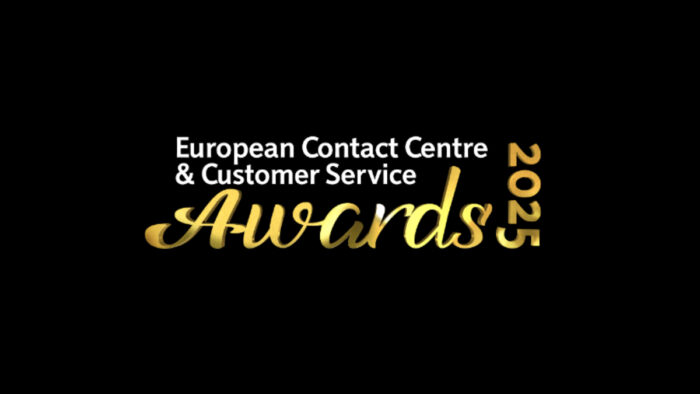Today, most employees don’t see themselves working in one organization for life. Fewer companies are offering generous benefit packages or promising job security. It’s no surprise, then, that most employees don’t necessarily feel loyal to their employers. That reality makes it critical for organizations to figure out how to create employee experiences that foster engagement and retention.
What is Employee Experience?
A Gallup study shows that employees, particularly Millennials and GenZers, find value in six aspects of the EX: purpose, development, coaching, ongoing conversations, strength development, and technological tools that help them do their work more efficiently.
Many organizations use the term EX to describe their transformation into an employee-centric company. But what does that mean exactly? Most EX experts believe it means creating a seamless experience for workers that’s a combination of the cultural, technological, and physical environments. They also say a successful EX depends on understanding what it doesn’t mean:
- It is not employee engagement
- It is not fancy perks like remote work and rec rooms
- It is not generous benefits packages
- It is not open floor plans or ergonomic workstations
Instead, creating an effective EX encompasses all these things and more. From recruitment to onboarding and the workplace itself, it’s a strategy that focuses on tracking how employees think and feel during their time with the company. And it’s crucial to not only winning the war on attracting and retaining top talent but for beating out the competition.
How Employee Experience Improves Business Performance
“Every employee has a ripple-effect on the customer experience” says author and CCXP/CX expert Lynn Hunsaker. And just as companies are redefining the customer experience, they must reevaluate and reinvent the EX.
One of the quickest ways to do that, Hunsaker says, is by “injecting CX insights into your company’s routine.” Recruitment, hiring, onboarding, and training procedures should be flexible, human-centered frameworks that engage and satisfy employees in the same way customer retention strategies do. Reviews, recognition, and advancement policies must personally appeal to each employee’s physical, intellectual, emotional, and aspirational wants and needs.
A great way to improve the EX is by using simplified versions of complex user-experience tools to design programs that happen in the flow of work.
According to LinkedIn’s latest Workforce Learning Report, nearly 95% of employees would stay with their employer if it simply invested in helping them learn. “Employee experience tools” such as mobile apps, survey tools, portal tools, and process management tools can all be used in building a better EX where employees are engaged, delighted, and invested in helping achieve organizational goals.
Building a Better EX
Just as a strong knowledge management system helps provide a streamlined customer experience, it can be used to increase employee engagement, retention, and loyalty. Designed to meet employee demand for a work experience that provides them with the same level of tech used in their personal lives, knowledge management technology gives employees the learning experience they say they want while bringing the best of tech-driven customer experiences into the workplace.
When organizations provide a platform from which knowledge can easily be captured and shared while at the same time allowing employees to recognize and be recognized, it leads to a more highly engaged workforce. Employees achieve, among other things:
- Adaptability as knowledge is continuously captured and leveraged.
- Consistency of reliable, useful information.
- Efficiency through unnecessary revision and error reduction.
When using knowledge management to improve the EX, the focus should first be on breaking down barriers that impede the flow of knowledge. Employees should feel empowered to optimize their capabilities, contribution, and effectiveness.
Though many organizations are making real strides in improving the customer experience, they often forget employees are their first and most important customers. That means focusing on the EX is even more critical than evaluating customer experience. Put another way, the time and other resources companies dedicated to improving the customer experience must always take a back seat to enhancing the EX.


